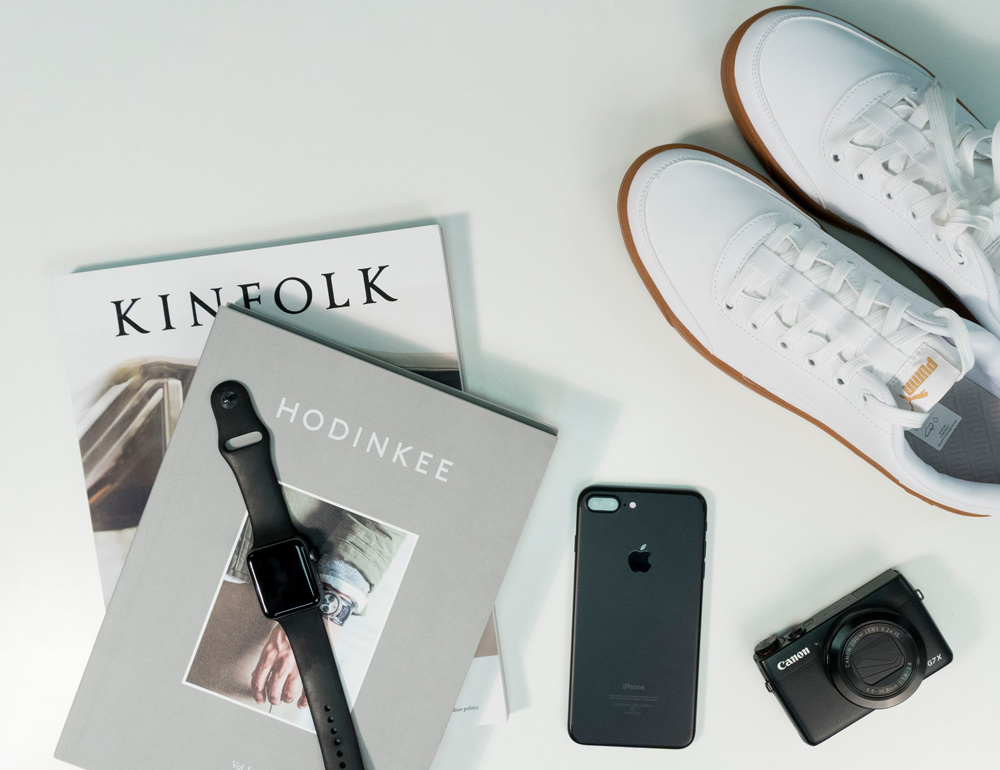Simplicity
A simple logo is more recognizable and versatile. Avoid clutter, excessive details, and overly complicated graphics.
Think of iconic logos like Nike, Apple, or McDonald's – all simple yet effective.
b. Memorability
Your logo should be easy to remember. If it's too complex, people might struggle to recall it.
Make sure it leaves an impression through distinctive shapes or meaningful elements.
c. Timelessness
A great logo stands the test of time. Avoid using trends that may look outdated in a few years. Instead, aim for a design that will look just as relevant in 10, 20, or 50 years.
Classic logos like Coca-Cola and IBM are perfect examples of timeless designs.
d. Versatility
A good logo works across different media and applications – print, web, merchandise, etc.
It should be scalable (looks good in both large and small sizes) and adaptable (works in black & white, color, or even in a single color).
e. Relevance
The logo should align with your brand’s values, industry, and target audience.
For example, a playful and fun logo might suit a children's toy brand but wouldn't work for a law firm.
